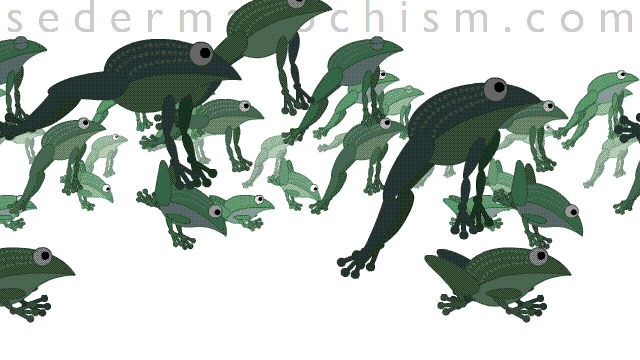This is a ROUGH. It will probably change before the final film. I’m just happy I found the perfect song for the Ninth Plague (Darkness): “Who Turned The Light Out In My Life” by Daniel Boone, from the early 1970’s. There aren’t a lot of songs about lice, flies, and locusts (other than Death Metal, which I can’t use because the words are indecipherable) but I managed to find one, plus songs for murrain, boils, and the rest. All will be used well out of their original context.
Moses is shown way bigger than Pharaoh here because he’s about to win. In an earlier scene (which I’m working on right now) Moses is much smaller than Pharaoh, a la planar Egyptian wall art which scales characters according to their power.
From Exodus 10:
21 And the Lord said unto Moses, Stretch out thine hand toward heaven, that there may be darkness over the land of Egypt, even darkness which may be felt.
22 And Moses stretched forth his hand toward heaven; and there was a thick darkness in all the land of Egypt three days:
23 They saw not one another, neither rose any from his place for three days: but all the children of Israel had light in their dwellings.
24 And Pharaoh called unto Moses, and said, Go ye, serve the Lord; only let your flocks and your herds be stayed: let your little ones also go with you.
25 And Moses said, Thou must give us also sacrifices and burnt offerings, that we may sacrifice unto the Lord our God.
26 Our cattle also shall go with us; there shall not an hoof be left behind; for thereof must we take to serve the Lord our God; and we know not with what we must serve the Lord, until we come thither.
27 But the Lord hardened Pharaoh’s heart, and he would not let them go.
28 And Pharaoh said unto him, Get thee from me, take heed to thyself, see my face no more; for in that day thou seest my face thou shalt die.
29 And Moses said, Thou hast spoken well, I will see thy face again no more.











